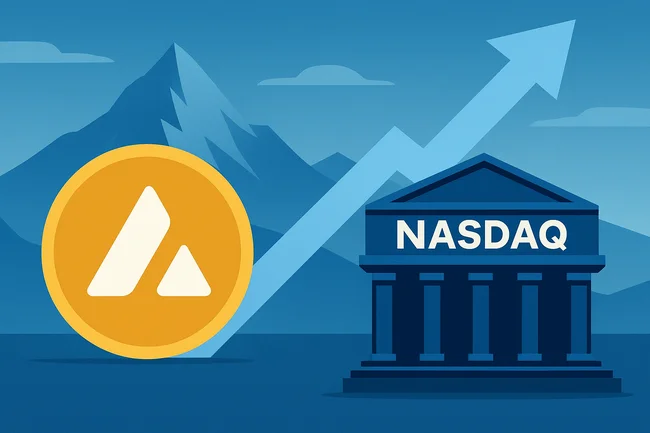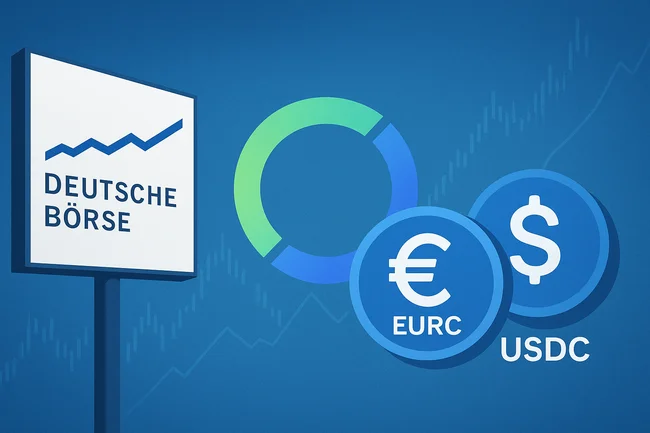An overlay layer refers to a protocol or framework that is built on top of an existing blockchain. Its purpose is to enhance the functionality or efficiency of the underlying network without altering its core structure. These layers can introduce features like faster transactions, increased privacy, or integrate smart contracts. They often work by offloading some processes from the main chain, thereby reducing congestion and improving scalability. Examples of overlay layers include solutions like the Lightning Network for Bitcoin, which facilitates quick transactions, and various layer-2 platforms for Ethereum, aimed at lowering gas fees and increasing throughput. By enabling additional capabilities, overlay layers help improve user experience and broaden the use cases of the underlying blockchain technology. They allow developers to innovate and create applications that might not be feasible on the primary blockchain alone.

Avalanche Treasury Co. to Go Public in $675M Deal With Mountain Lake Acquisition
Avalanche Treasury Co. (AVAT), a digital asset treasury company aligned with the Avalanche Foundation, said Wednesday it has agreed to



